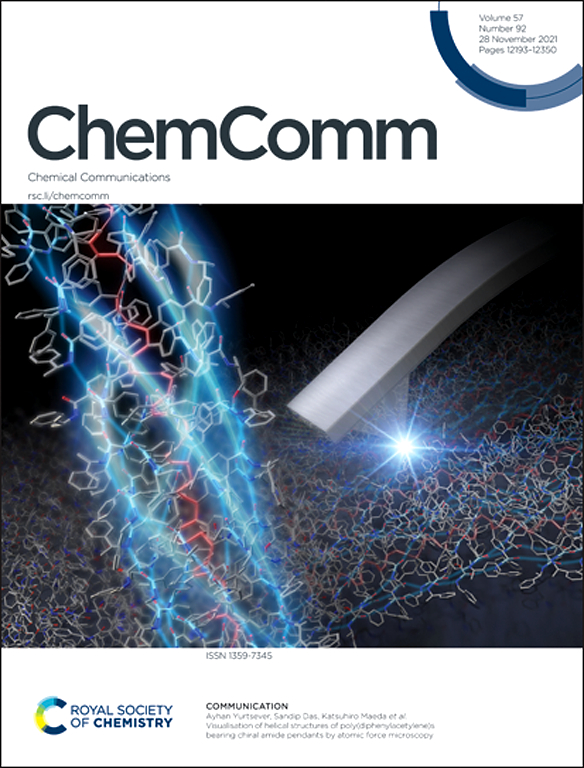锂硫电池新材料:挑战与未来方向
IF 4.3
2区 化学
Q2 CHEMISTRY, MULTIDISCIPLINARY
引用次数: 0
摘要
这篇综述探讨了锂硫电池的最新进展,锂硫电池是一种有前途的下一代储能技术,以其极高的理论能量密度(~2,500 Wh/kg)、成本效益和环境优势而闻名。尽管它们具有潜力,但商业化仍然受到多硫化物穿梭效应、硫的绝缘性、锂金属阳极不稳定性和热安全问题等关键挑战的限制。这篇综述提供了一个全面和前瞻性的观点,新兴的材料策略,重点是阴极,电解质和阳极工程,以克服这些障碍。特别强调的是先进的硫碳复合材料,包括三维石墨烯框架、金属有机框架(MOFs)、共价有机框架(COFs)和mxene基材料,这些材料在硫利用、氧化还原动力学和循环稳定性方面有显著改善。电解质的创新-特别是固态和凝胶聚合物系统-讨论了它们在抑制多硫化物溶解和提高安全性方面的作用。该综述还研究了锂金属阳极保护策略,如人工SEI层、3D锂支架和锂合金。最后,讨论了与大规模制造、安全性和商业可扩展性相关的关键问题。随着多功能材料和电极设计的不断创新,Li-S电池将很好地改变电动汽车、便携式电子设备和电网规模系统的能量存储。本文章由计算机程序翻译,如有差异,请以英文原文为准。
New Materials for Lithium–Sulfur Batteries: Challenges and Future Directions
This review explores recent advances in lithium–sulfur (Li–S) batteries, a promising next-generation energy storage technology known for their exceptionally high theoretical energy density (~2,500 Wh/kg), cost-effectiveness, and environmental advantages. Despite their potential, commercialization remains limited by key challenges such as the polysulfide shuttle effect, sulfur’s insulating nature, lithium metal anode instability, and thermal safety concerns. This review provides a comprehensive and forward-looking perspective on emerging material strategies—focusing on cathode, electrolyte, and anode engineering—to overcome these barriers. Special emphasis is placed on advanced sulfur–carbon composites, including three-dimensional graphene frameworks, metal–organic frameworks (MOFs), covalent organic frameworks (COFs), and MXene-based materials, which have demonstrated significant improvements in sulfur utilization, redox kinetics, and cycling stability. Innovations in electrolytes—particularly solid-state and gel polymer systems—are discussed for their roles in suppressing polysulfide dissolution and enhancing safety. The review also examines lithium metal anode protection strategies, such as artificial SEI layers, 3D lithium scaffolds, and lithium alloying. Finally, it discusses critical issues related to large-scale manufacturing, safety, and commercial scalability. With ongoing innovation in multifunctional materials and electrode design, Li–S batteries are well positioned to transform energy storage for electric vehicles, portable electronics, and grid-scale systems.
求助全文
通过发布文献求助,成功后即可免费获取论文全文。
去求助
来源期刊

Chemical Communications
化学-化学综合
CiteScore
8.60
自引率
4.10%
发文量
2705
审稿时长
1.4 months
期刊介绍:
ChemComm (Chemical Communications) is renowned as the fastest publisher of articles providing information on new avenues of research, drawn from all the world''s major areas of chemical research.
 求助内容:
求助内容: 应助结果提醒方式:
应助结果提醒方式:


